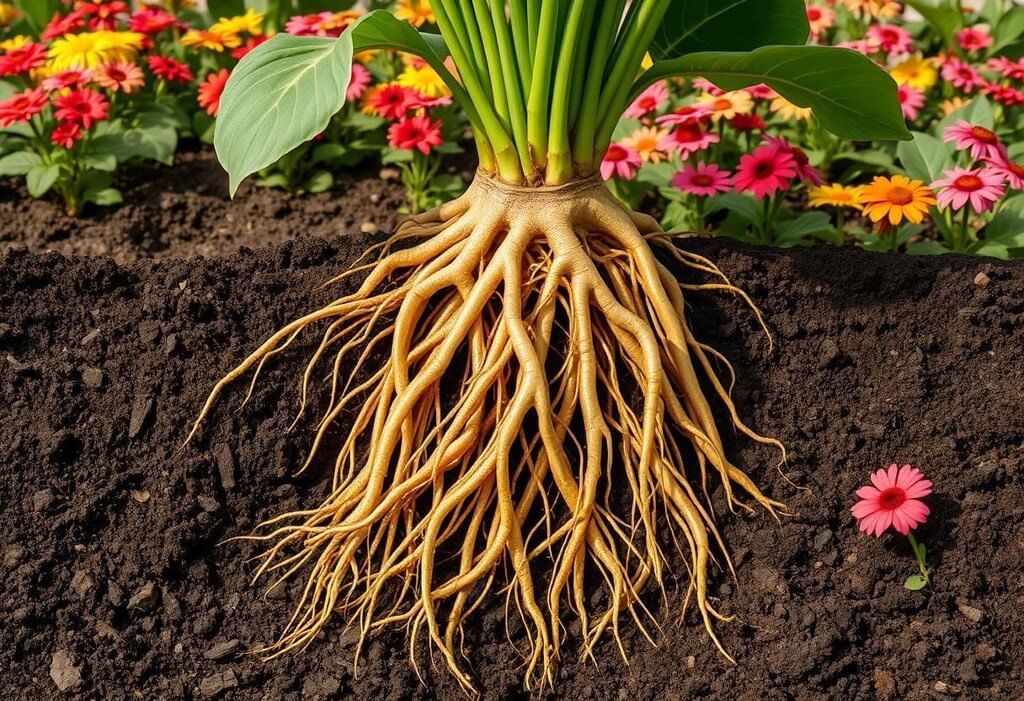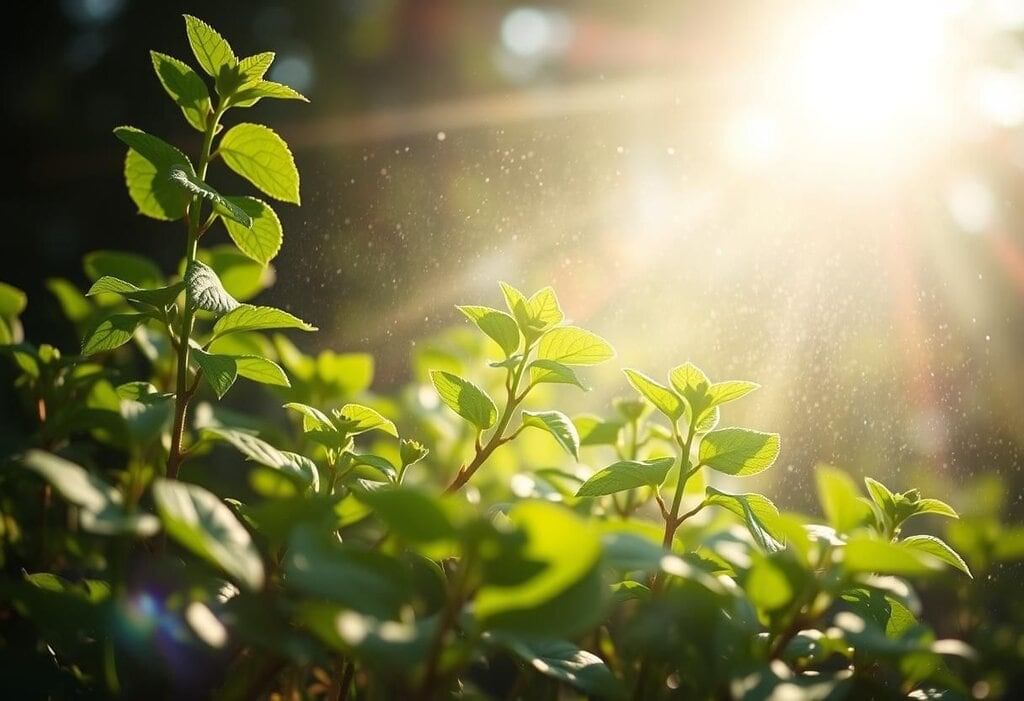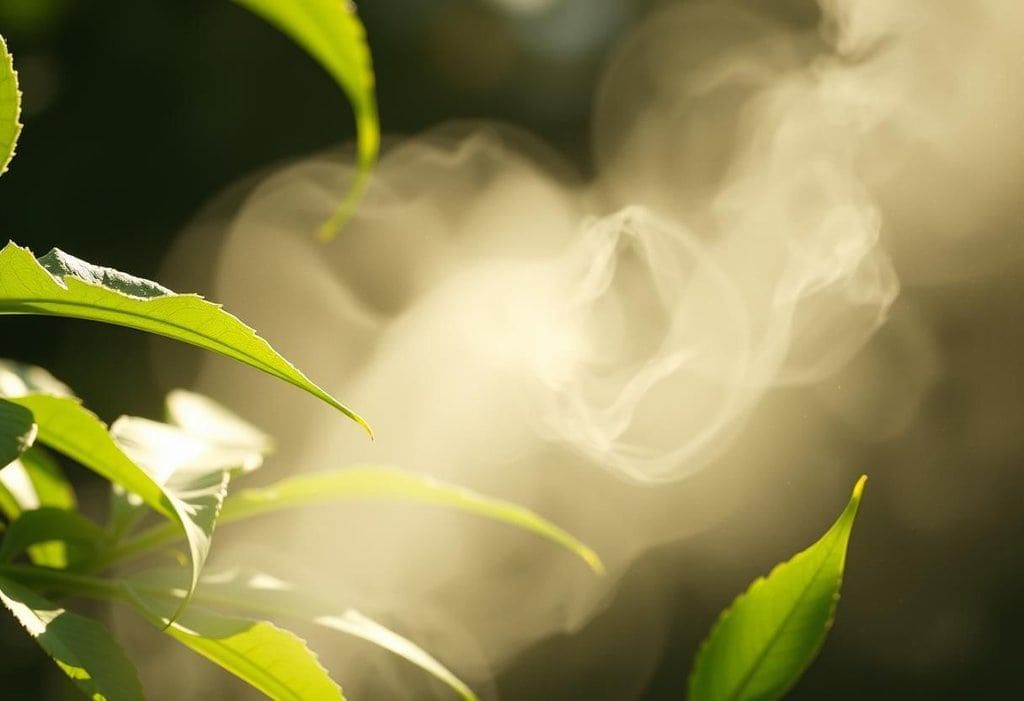Class 6 Science Chapter 4 Extra Question Answers - Getting to Know Plants

Multiple Choice Questions (MCQs)
Question 1: Which of the following options does not have a fibrous root?
(a) Radish
(b) Carrot
(c) Tapioca
(d) Wheat
 View Answer
View Answer 
Answer- (d) Wheat
Fibrous roots are a type of root system where roots are thin and branch out extensively. Wheat has a fibrous root system, but Radish, Carrot, and Tapioca all have a taproot system, which is a large, central root. 
Question 2: What is the function of the stem in a plant?
(a) To absorb water and nutrients from the soil
(b) To make food for the plant
(c) To transport water and nutrients to the different parts of the plant
(d) To support the flower
 View Answer
View Answer 
Answer: (c) To transport water and nutrients to the different parts of the plant
The main function of the stem is to transport water and nutrients from the roots to other parts of the plant, like the leaves, flowers, and fruits.
Question 3: Which of the following has tap root?
(a) Grass
(b) Wheat
(c) Maize
(d) Carrot
 View Answer
View Answer 
Answer- (d) Carrot
A taproot system has a primary, thick central root that grows deep into the soil. Carrots are an example of plants with a taproot system. Grass, wheat, and maize have fibrous root systems, which consist of many small, thin roots.
Question 4: Which of the following is the male part of a flower?
(a) Pistil
(b) Stigma
(c) Stamen
(d) Sepals
 View Answer
View Answer 
Answer- (c) Stamen
The stamen is the male reproductive part of a flower. It consists of the anther and the filament. The anther produces pollen grains, which are necessary for fertilization. The pistil, stigma, and sepals are female or non-reproductive parts.
Question 5: Which of the following is the female part of a flower?
(a) Petal
(b) Sepal
(c) Stamen
(d) Ovary
 View Answer
View Answer 
Answer- (d) Ovary
The ovary is the female reproductive part of the flower. It is located at the base of the pistil and contains ovules, which develop into seeds after fertilization. Petals, sepals, and stamen are other parts of the flower that either protect the reproductive organs or are involved in reproduction.
Question 6: Which part of the plant makes food for the plant?
(a) Root
(b) Leaves
(c) Stem
(d) Fruit
 View Answer
View Answer 
Answer- (b) Leaves
Leaves are responsible for making food for the plant through the process of photosynthesis. They use sunlight, water, and carbon dioxide to produce glucose (food) and oxygen. Roots absorb water and nutrients, but do not make food.
Question 7: Which part of the plant prevents soil erosion?
(a) Stem
(b) Flower
(c) Leaves
(d) Root
 View Answer
View Answer 
Answer- (d) Roots
Roots hold the soil together and prevent it from being washed away by rain or wind. They anchor the plant to the ground and absorb water and nutrients. This helps reduce soil erosion.
Question 8: The process of loss of water by a plant through its leaves is called
(a) Photosynthesis
(b) Condensation
(c) Transpiration
(d) Evaporation
 View Answer
View Answer 
Answer – (c) Transpiration
Transpiration is the process by which plants lose water in the form of water vapor through small openings in their leaves called stomata. It helps in cooling the plant and maintaining water and nutrient flow.
Question 9: The process by which plants make their food is called
(a) Photosynthesis
(b) Condensation
(c) Transpiration
(d) Evaporation
 View Answer
View Answer 
Answer – (a) Photosynthesis
Photosynthesis is the process where plants use sunlight, carbon dioxide, and water to produce glucose and oxygen. This process occurs in the chloroplasts of the leaves and is essential for the plant's growth and energy production.
Answer the following question
Question: 1. Why are stems important for a plant?
 View Answer
View Answer 
Answer: Stems support the plant, transport water and nutrients, and in some plants, perform photosynthesis or store food.
Question: 2. What is fibrous root?
 View Answer
View Answer 
Answer- The bunch of thin fibre-like roots; arising from the base of the stem is called fibrous root.
Question: 3. What is tap roots?
 View Answer
View Answer 
Answer- When as single main root comes out of the base of the stem, it is called tap root.
Question: 4. What is the main function of root?
 View Answer
View Answer 
Answer: Functions of roots are as follows:
- Roots hold the plant firmly in the soil.
- Roots absorb water and minerals from the soil.
Question: 5. Which are the basic parts of the flower?
 View Answer
View Answer 
Answer- The basic parts of a flower are –Sepals, petals, stamens and pistils.
Question: 6. What is the main function of leaves?
 View Answer
View Answer 
Answer- Making food is the main function of leaves.
Question: 7. What is transpiration?
 View Answer
View Answer 
Answer: Loss of water vapour in plants is called transpiration.
|
137 videos|235 docs|57 tests
|
FAQs on Class 6 Science Chapter 4 Extra Question Answers - Getting to Know Plants
| 1. What are the main parts of a plant? |  |
| 2. How do plants make their food? |  |
| 3. Why are roots important for plants? |  |
| 4. What are the different types of leaves? |  |
| 5. How do flowers contribute to plant reproduction? |  |






















